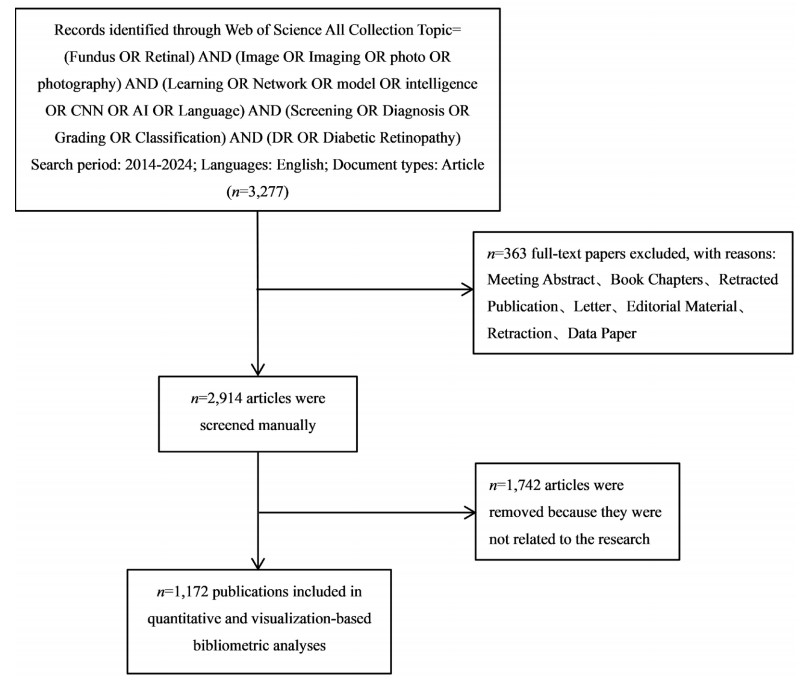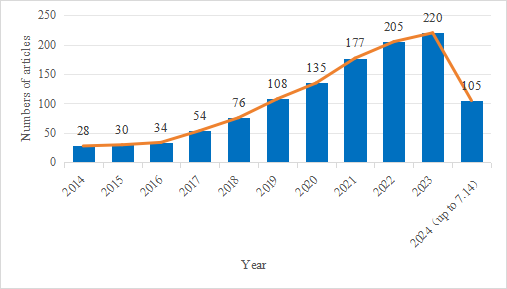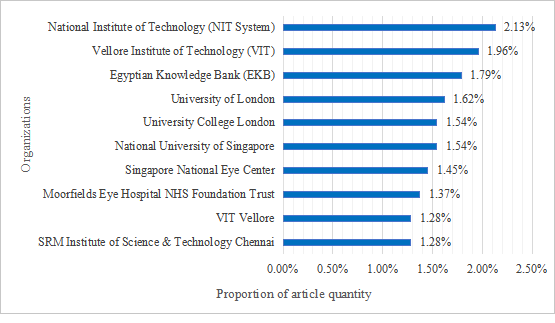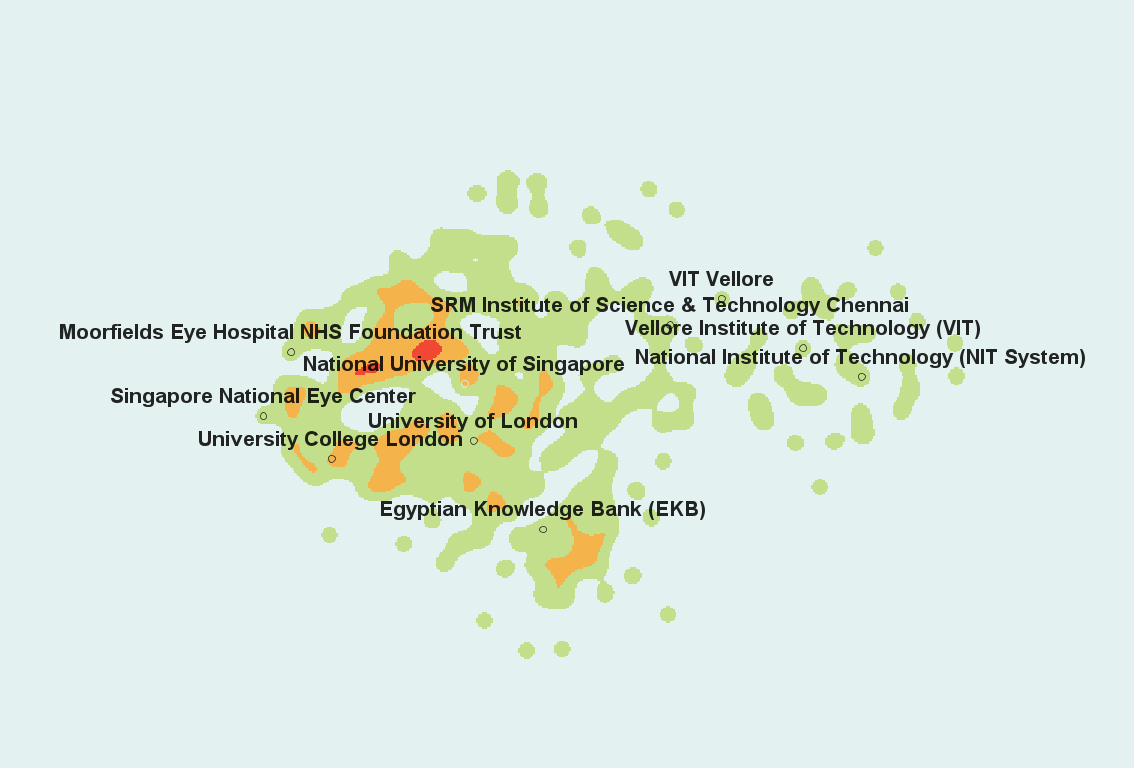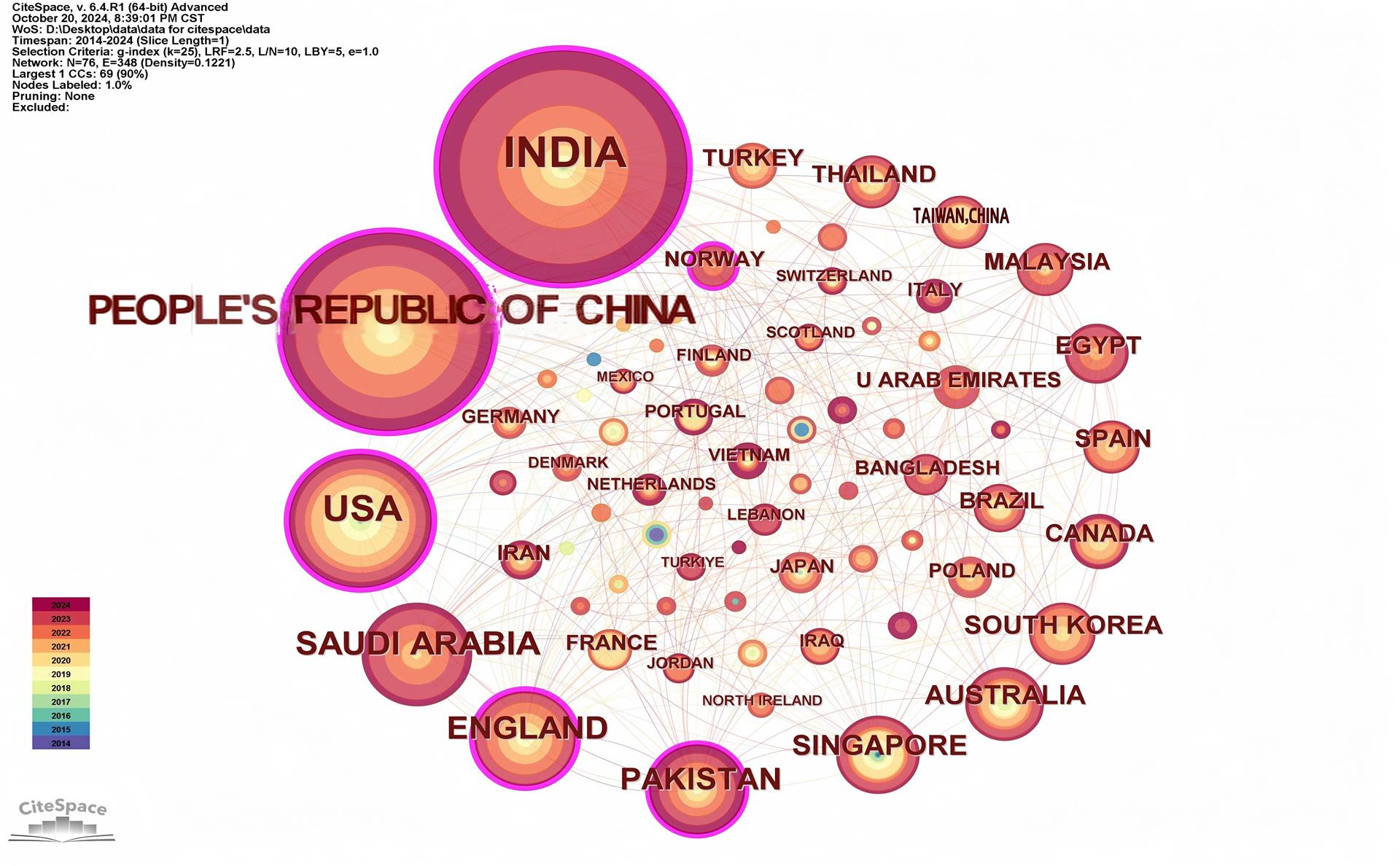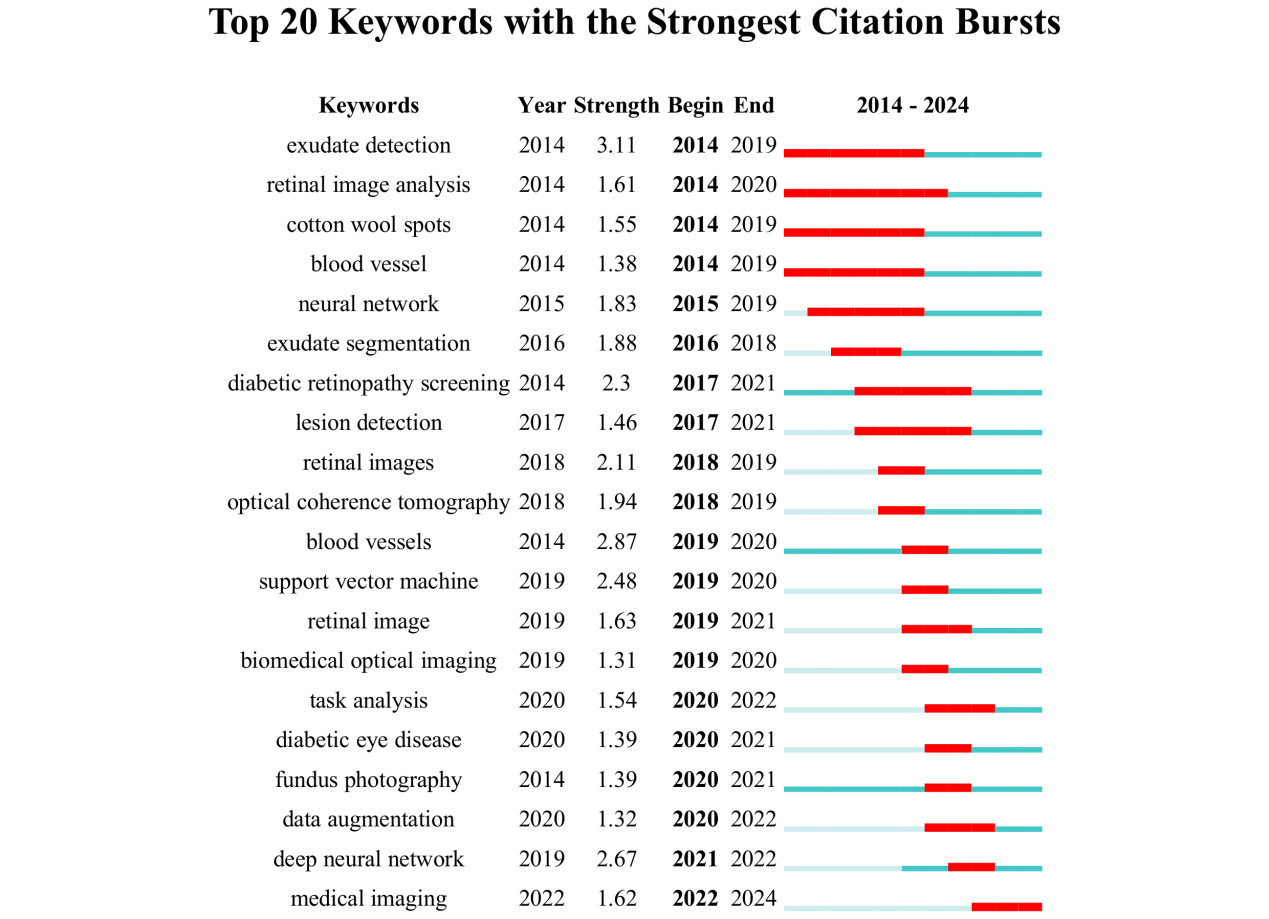1、Cho NH, Shaw JE, Karuranga S, et al. IDF Diabetes Atlas: Global estimates of diabetes prevalence for 2017 and projections for 2045. Diabetes Res Clin Pract. 2018, 138: 271-281. DOI: 10.1016/j.diabres.2018.02.023. Cho NH, Shaw JE, Karuranga S, et al. IDF Diabetes Atlas: Global estimates of diabetes prevalence for 2017 and projections for 2045. Diabetes Res Clin Pract. 2018, 138: 271-281. DOI: 10.1016/j.diabres.2018.02.023.
2、Yau JWY, Rogers SL, Kawasaki R, et al. Global prevalence and major risk factors of diabetic retinopathy. Diabetes Care. 2012, 35(3): 556-564. DOI: 10.2337/dc11-1909. Yau JWY, Rogers SL, Kawasaki R, et al. Global prevalence and major risk factors of diabetic retinopathy. Diabetes Care. 2012, 35(3): 556-564. DOI: 10.2337/dc11-1909.
3、Liew G, Michaelides M, Bunce C. A comparison of the causes of blindness certifications in England and Wales in working age adults (16-64 years), 1999-2000 with 2009-2010. BMJ Open. 2014, 4(2): e004015. DOI: 10.1136/bmjopen-2013-004015. Liew G, Michaelides M, Bunce C. A comparison of the causes of blindness certifications in England and Wales in working age adults (16-64 years), 1999-2000 with 2009-2010. BMJ Open. 2014, 4(2): e004015. DOI: 10.1136/bmjopen-2013-004015.
4、Upadhyay T, Prasad R, Mathurkar S. A narrative review of the advances in screening methods for diabetic retinopathy: enhancing early detection and vision preservation. Cureus, 2024, 16(2): e53586. DOI: 10.7759/cureus.53586.Upadhyay T, Prasad R, Mathurkar S. A narrative review of the advances in screening methods for diabetic retinopathy: enhancing early detection and vision preservation. Cureus, 2024, 16(2): e53586. DOI: 10.7759/cureus.53586.
5、Fenner BJ, Wong RLM, Lam WC, et al. Advances in retinal imaging and applications in diabetic retinopathy screening: a review. Ophthalmol Ther. 2018, 7(2): 333-346. DOI: 10.1007/s40123-018-0153-7.Fenner BJ, Wong RLM, Lam WC, et al. Advances in retinal imaging and applications in diabetic retinopathy screening: a review. Ophthalmol Ther. 2018, 7(2): 333-346. DOI: 10.1007/s40123-018-0153-7.
6、Iqbal S, Khan TM, Naveed K, et al. Recent trends and advances in fundus image analysis: a review. Comput Biol Med. 2022, 151(pt a): 106277. DOI: 10.1016/j.compbiomed.2022.106277. Iqbal S, Khan TM, Naveed K, et al. Recent trends and advances in fundus image analysis: a review. Comput Biol Med. 2022, 151(pt a): 106277. DOI: 10.1016/j.compbiomed.2022.106277.
7、Daniel Shu Wei Ting, Cheung CY, Lim G, et al. Development and validation of a deep learning system for diabetic retinopathy and related eye diseases using retinal images from multiethnic populations with diabetes. JAMA. 2017, 318(22): 2211-2223. DOI: 10.1001/jama.2017.18152.Daniel Shu Wei Ting, Cheung CY, Lim G, et al. Development and validation of a deep learning system for diabetic retinopathy and related eye diseases using retinal images from multiethnic populations with diabetes. JAMA. 2017, 318(22): 2211-2223. DOI: 10.1001/jama.2017.18152.
8、Verbraak FD, Abramoff MD, Bausch GCF, et al. Diagnostic accuracy of a device for the automated detection of diabetic retinopathy in a primary care setting. Diabetes Care. 2019, 42(4): 651-656. DOI: 10.2337/dc18-0148.Verbraak FD, Abramoff MD, Bausch GCF, et al. Diagnostic accuracy of a device for the automated detection of diabetic retinopathy in a primary care setting. Diabetes Care. 2019, 42(4): 651-656. DOI: 10.2337/dc18-0148.
9、 Li T, Bo W, Hu C, et al. Applications of deep learning in fundus images: a review. Med Image Anal. 2021, 69: 101971. DOI: 10.1016/j.media.2021.101971. Li T, Bo W, Hu C, et al. Applications of deep learning in fundus images: a review. Med Image Anal. 2021, 69: 101971. DOI: 10.1016/j.media.2021.101971.
10、Grzybowski A, Jin K, Zhou J, et al. Retina fundus photograph-based artificial intelligence algorithms in medicine: a systematic review. Ophthalmol Ther. 2024, 13(8): 2125-2149. DOI: 10.1007/s40123-024-00981-4.Grzybowski A, Jin K, Zhou J, et al. Retina fundus photograph-based artificial intelligence algorithms in medicine: a systematic review. Ophthalmol Ther. 2024, 13(8): 2125-2149. DOI: 10.1007/s40123-024-00981-4.
11、Rawat W, Wang Z. Deep convolutional neural networks for image classification: a comprehensive review. Neural Comput. 2017, 29(9): 2352-2449. DOI: 10.1162/NECO_a_00990. Rawat W, Wang Z. Deep convolutional neural networks for image classification: a comprehensive review. Neural Comput. 2017, 29(9): 2352-2449. DOI: 10.1162/NECO_a_00990.
12、M. I. Razzak, S. Naz, and A. Zaib, Deep Learning for Medical Image Processing: Overview, Challenges and the Future, in Classification in BioApps: Automation of Decision Making, N. Dey, A. S. Ashour, and S. Borra, Eds., Cham: Springer International Publishing, 2018, pp. 323–350. DOI: 10.1007/978-3-319-65981-7_12.M. I. Razzak, S. Naz, and A. Zaib, Deep Learning for Medical Image Processing: Overview, Challenges and the Future, in Classification in BioApps: Automation of Decision Making, N. Dey, A. S. Ashour, and S. Borra, Eds., Cham: Springer International Publishing, 2018, pp. 323–350. DOI: 10.1007/978-3-319-65981-7_12.
13、Ikram A, Imran A, Li J, et al. A systematic review on fundus image-based diabetic retinopathy detection and grading: current status and future directions. IEEE Access. 2024, 12: 96273-96303. DOI: 10.1109/ACCESS.2024.3427394.Ikram A, Imran A, Li J, et al. A systematic review on fundus image-based diabetic retinopathy detection and grading: current status and future directions. IEEE Access. 2024, 12: 96273-96303. DOI: 10.1109/ACCESS.2024.3427394.
14、Islam S, Deo RC, Datta Barua P, et al. Retinal health screening using artificial intelligence with digital fundus images: a review of the last decade (2012–2023). IEEE Access. 2024, 12: 176630-176685. DOI: 10.1109/ACCESS.2024.3477420.Islam S, Deo RC, Datta Barua P, et al. Retinal health screening using artificial intelligence with digital fundus images: a review of the last decade (2012–2023). IEEE Access. 2024, 12: 176630-176685. DOI: 10.1109/ACCESS.2024.3477420.
15、Zhao X, Wang L, Zhang Y, et al. A review of convolutional neural networks in computer vision. Artif Intell Rev. 2024, 57(4): 99. DOI: 10.1007/s10462-024-10721-6.Zhao X, Wang L, Zhang Y, et al. A review of convolutional neural networks in computer vision. Artif Intell Rev. 2024, 57(4): 99. DOI: 10.1007/s10462-024-10721-6.
16、Alzubaidi L, Zhang J, Humaidi AJ, et al. Review of deep learning: concepts, CNN architectures, challenges, applications, future directions J Big Data. 2021, 8(1): 53. DOI: 10.1186/s40537-021-00444-8.Alzubaidi L, Zhang J, Humaidi AJ, et al. Review of deep learning: concepts, CNN architectures, challenges, applications, future directions J Big Data. 2021, 8(1): 53. DOI: 10.1186/s40537-021-00444-8.
17、Younesi A, Ansari M, Fazli M, et al. A comprehensive survey of convolutions in deep learning: applications, challenges, and future trends. IEEE Access. 2024, 12: 41180-41218. DOI: 10.1109/ACCESS.2024.3376441.Younesi A, Ansari M, Fazli M, et al. A comprehensive survey of convolutions in deep learning: applications, challenges, and future trends. IEEE Access. 2024, 12: 41180-41218. DOI: 10.1109/ACCESS.2024.3376441.
18、Bewersdorff A, Hartmann C, Hornberger M, et al. Taking the next step with generative artificial intelligence: the transformative role of multimodal large language models in science education[EB/OL]. 2024: 2401.00832. https://arxiv.org/abs/2401.00832v3.Bewersdorff A, Hartmann C, Hornberger M, et al. Taking the next step with generative artificial intelligence: the transformative role of multimodal large language models in science education[EB/OL]. 2024: 2401.00832. https://arxiv.org/abs/2401.00832v3.
19、‘CiteSpace Home’, CiteSpace. Accessed: Oct. 29, 2024. [Online]. Available: https://citespace.podia.com/‘CiteSpace Home’, CiteSpace. Accessed: Oct. 29, 2024. [Online]. Available: https://citespace.podia.com/
20、%E2%80%98Free%20Online%20Spreadsheet%20Software%3A%20Excel%20%7C%20Microsoft%20365%E2%80%99.%20Accessed%3A%20Oct.%2030%2C%202024.%20%5BOnline%5D.%20Available%3A%20https%3A%2F%2Fwww.microsoft.com%2Fen-us%2Fmicrosoft-365%2Fexcel%3Fmsockid%3D192cdc8e90eb6ff63357ce8f91a86e7a%E2%80%98Free%20Online%20Spreadsheet%20Software%3A%20Excel%20%7C%20Microsoft%20365%E2%80%99.%20Accessed%3A%20Oct.%2030%2C%202024.%20%5BOnline%5D.%20Available%3A%20https%3A%2F%2Fwww.microsoft.com%2Fen-us%2Fmicrosoft-365%2Fexcel%3Fmsockid%3D192cdc8e90eb6ff63357ce8f91a86e7a
21、Gulshan V, Peng L, Coram M, et al. Development and validation of a deep learning algorithm for detection of diabetic retinopathy in retinal fundus photographs. JAMA. 2016, 316(22): 2402-2410. DOI: 10.1001/jama.2016.17216.Gulshan V, Peng L, Coram M, et al. Development and validation of a deep learning algorithm for detection of diabetic retinopathy in retinal fundus photographs. JAMA. 2016, 316(22): 2402-2410. DOI: 10.1001/jama.2016.17216.
22、Vujosevic S, Aldington SJ, Silva P, et al. Screening for diabetic retinopathy: new perspectives and challenges. Lancet Diabetes Endocrinol. 2020, 8(4): 337-347. DOI: 10.1016/S2213-8587(19)30411-5. Vujosevic S, Aldington SJ, Silva P, et al. Screening for diabetic retinopathy: new perspectives and challenges. Lancet Diabetes Endocrinol. 2020, 8(4): 337-347. DOI: 10.1016/S2213-8587(19)30411-5.
23、Li J, Guan Z, Wang J, et al. Integrated image-based deep learning and language models for primary diabetes care. Nat Med. 2024, 30(10): 2886-2896. DOI: 10.1038/s41591-024-03139-8.Li J, Guan Z, Wang J, et al. Integrated image-based deep learning and language models for primary diabetes care. Nat Med. 2024, 30(10): 2886-2896. DOI: 10.1038/s41591-024-03139-8.
24、D. C. Division (DCD), ‘HIPAA & Your Health Rights’. Accessed: Mar. 23, 2025. [Online]. Available: https://www.hhs.gov/programs/hipaa/index.htmlD. C. Division (DCD), ‘HIPAA & Your Health Rights’. Accessed: Mar. 23, 2025. [Online]. Available: https://www.hhs.gov/programs/hipaa/index.html
25、‘General Data Protection Regulation (GDPR) – Legal Text’, General Data Protection Regulation (GDPR). Accessed: Mar. 23, 2025. [Online]. Available: https://gdpr-info.eu/‘General Data Protection Regulation (GDPR) – Legal Text’, General Data Protection Regulation (GDPR). Accessed: Mar. 23, 2025. [Online]. Available: https://gdpr-info.eu/




















